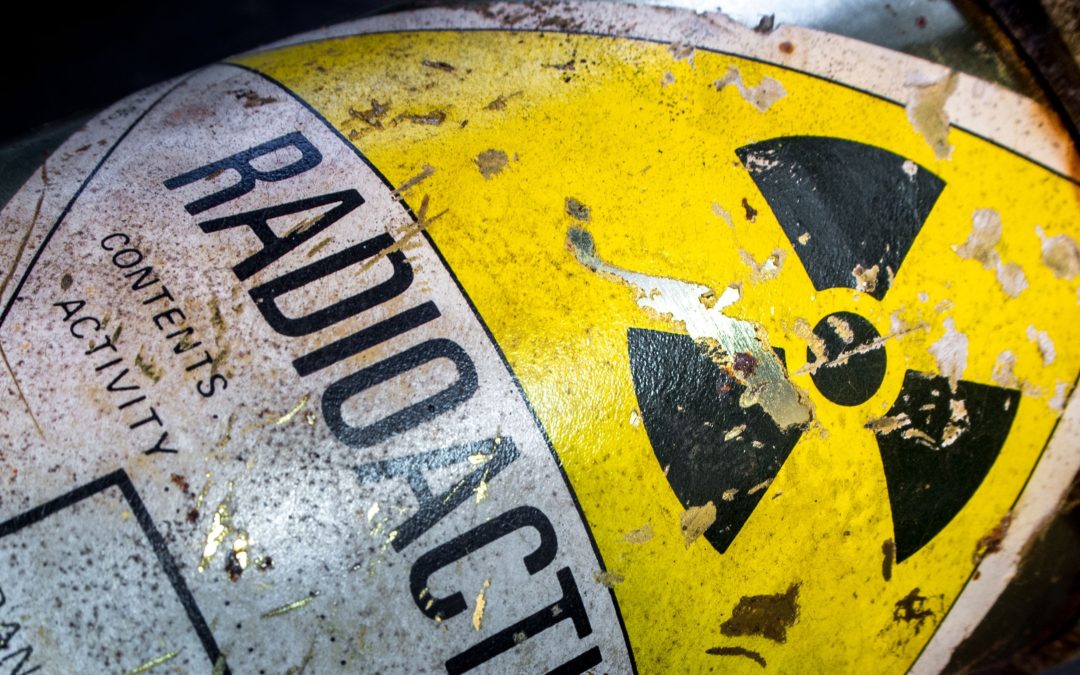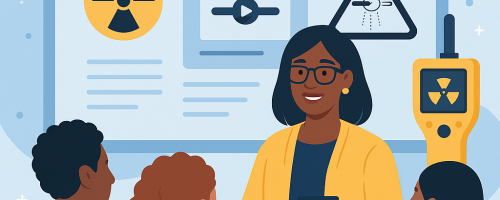When people picture nuclear power, they often imagine high-tech control rooms, complex reactor domes, or the hum of energy flowing through the city. What people usually don’t imagine, though, is what happens when the work is done?
The answer to this question is the world of nuclear decommissioning. Where engineering, environmental stewardship, and long-term planning converge. Nuclear decommissioning is not only about dismantling infrastructure. It is also about managing what’s left behind with care, transparency, and a clear path forward.
The center of this industry provides opportunities to continue developing the radiological protection industry with care and precision. Nuclear waste management is an opportunity to build systems that protect people and the planet for generations to come.
Decommissioning is a careful process that transforms operational nuclear facilities into safe, regulated, and sometimes entirely repurposed spaces. The shift from operation to decommissioning brings new goals such as ensuring a clean, safe legacy, maintaining a license to safely relinquishing it, and overseeing decisions which prioritize the health and safety of facility workers.
Sorting, Storing, and Categorizing Waste Effectively
One of the first steps in responsible decommissioning is categorizing waste correctly. The International Atomic Energy Agency (IAEA) provides clear guidance in its GSG-1 document on how to classify radioactive waste. Here are some of their suggested classifications:
- Low-Level Waste (LLW): Above clearance levels, but low in long-lived radionuclides. Requires containment for up to a few hundred years, suitable for engineered near-surface disposal.
- Intermediate-Level Waste (ILW): Doesn’t generate heat but needs more robust containment than LLW, often stored tens to hundreds of metres underground.
- High-Level Waste (HLW): Generates significant heat or has large amounts of long-lived isotopes. Deep geological disposal recommended.
- There is also cleared or exempt waste, which once proven safe, can exit the radioactive waste stream entirely. This is a key target in decommissioning, reducing the volume of material requiring long-term management.
IAEA Recommendations
The IAEA isn’t just about definitions. It provides a robust, globally recognized framework for managing radioactive waste at every stage. The IAEA recommends every waste manager should be familiar with the following documents:
- GSR Part 5: Predisposal Management of Radioactive Waste
- GSG-1: Classification of Radioactive Waste
- GSG-16: Leadership, Management and Culture for Safety
- SSG-40, 41, 45: Sector-specific guidance for nuclear power, fuel cycle facilities, and medical/industrial uses.
These documents combine principle and practicality and are intended to be adapted to national contexts. They are essential in the foundations of nuclear waste management.
The waste management process may look linear on paper, following the register, sort, sample, store, dispose structure, but reality is rarely that perfect. Legacy waste, incomplete data, and evolving safety requirements all add layers of complexity which require dedicated professional expertise.
Canadian Nuclear Safety Commission Resources
Canada’s nuclear regulator, the Canadian Nuclear Safety Commission (CNSC), has a series of Regulatory Documents (REGDOCs) which provide regulatory requirements and guidance to licensees. REGDOCs related to the Waste Management safety and control area of the CNSC can be found on their website, and also include a document on decommissioning.
REGDOC-2.11.2, Decommissioning states, “The CNSC requires that planning for decommissioning take place throughout the lifecycle of a nuclear facility, location or site or for the duration of a licensed activity.” Licensees typically have four phases to decommissioning: planning, preparation, execution, and completion, which are part of an overall decommissioning strategy.
As with many aspects of nuclear regulation, graded approach is taken towards decommissioning. This means that all regulatory requirements apply to all licensees, but to varying levels depending upon risk and complexity of the licenced activity.
REGDOC-2.11.2 has a number of useful references, including CSA N294, Decommissioning of Facilities Containing Nuclear Substances[i]. Their page on Waste Management also has a number of resources directly related to the topic of decommissioning.
Some key principles for successful decommissioning:
- A robust, flexible waste management system that handles data.
- A clear sorting strategy (primary vs. secondary waste, decontamination, conditioning).
- Good documentation, because 30 years from now, someone needs to know what’s in that container, and why.
- Collaboration with regulators, early and often.
What matters most is how well the process matches the waste type, the storage time, and future disposal plans. This means knowing your inventory inside and out.
Decommissioning isn’t only about cleaning up waste. It’s about laying the groundwork for a safer future and supporting professionals throughout the process. Through integrating international guidance with local recommendations, and by treating knowledge management as seriously as physical containment, the system is not just solving today’s problems, it is preventing tomorrows.
Want to dive deeper into the practicalities and international standards shaping modern nuclear waste management? Watch our webinar, “Nuclear Waste Management: Principles into Practice,” with guest expert Mikkel Øberg of Danish Decommissioning: Watch on YouTube or get a certificate for watching.
[i] The CNSC provides free access to all CSA Group nuclear standards. For more information, see here: https://www.cnsc-ccsn.gc.ca/eng/acts-and-regulations/regulatory-documents/csa-standards/.







